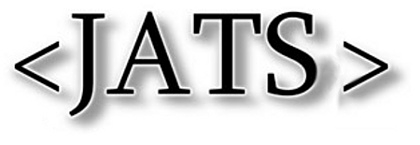About
Launched:
2003
Record Updated:
Oct 04, 2024
Standard, specification or protocol
The Journal Article Tag Suite (JATS) is an XML format used to describe scientific literature published online. It is a technical standard developed by the National Information Standards Organization (NISO), approved by the American National Standards Institute, also known in its most current version as ANSI/NISO Z39.96-2021, JATS: Journal Article Tag Suite.
